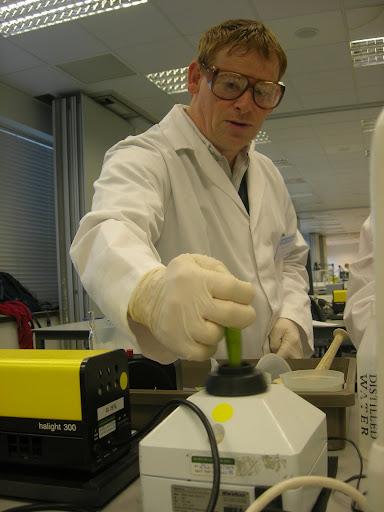The final two chapters of this tomb relate to the death of stars and what happens to them afterwards.
The death throws can result in stars doing all sorts of things. Some of them eject large rings of material called planetary nebulae. The bigger and brasher stars go out with a bang in a supernova explosion, which as a by product generates most of the common elements with atomic numbers greater than Iron. Supernovae can occur in a couple of ways, mostly its big brash stars blowing up, but occasionally its a white dwarf in a binary system given a second chance to shine.
The death of a star depends largely on how big it is. The smaller stars like our own after going through a red-giant phase tend to start to fizzle out into a white dwarf. In this stage, they are basically out of fuel, and all they can do is sit there and glow with the heat saved from their glory days. They eventually cool down to black dwarfs, but this takes so long to happen, that it probably hasn't had chance yet. However they are rather faint objects so they are difficult to see at the best of times. There is a fairly hard and fast limit (the Chandrasekhar limit) to the size of a white dwarf, and most stars sneak under this limit by blowing off much of their mass in their death throws.
Bigger stars end up as more exotic objects, including neutron stars, quark stars (possibly - the jury is still out on the existence of these) and the more famous black hole.
With that, book 1 is done, and book 2 beckons, but a TMA needs to be finished first!
skip to main |
skip to sidebar

Life studying for a 2nd time around with the Open University and others.
My Latest Blip
About Me
Topics
- A251 (7)
- astronomy (1)
- CMA (4)
- coursera (8)
- courses (40)
- degree (1)
- ECA (2)
- exam (7)
- experiment (3)
- G+C (7)
- html (1)
- intro (1)
- java (1)
- quantum mechanics (1)
- residential (43)
- S103 (19)
- S170 (1)
- S171 (1)
- S193 (1)
- S194 (4)
- S196 (1)
- S204 (21)
- s205 (18)
- S282 (17)
- s283 (8)
- S320 (12)
- S366 (11)
- S377 (10)
- SD329 (9)
- sk195 (2)
- sxr103 (3)
- SXR208 (9)
- sxr270 (7)
- sxr270tutor (7)
- SXR375 (9)
- SXR376 (8)
- TMA (49)
- tutorial (4)
- udemy (3)




No comments:
Post a Comment